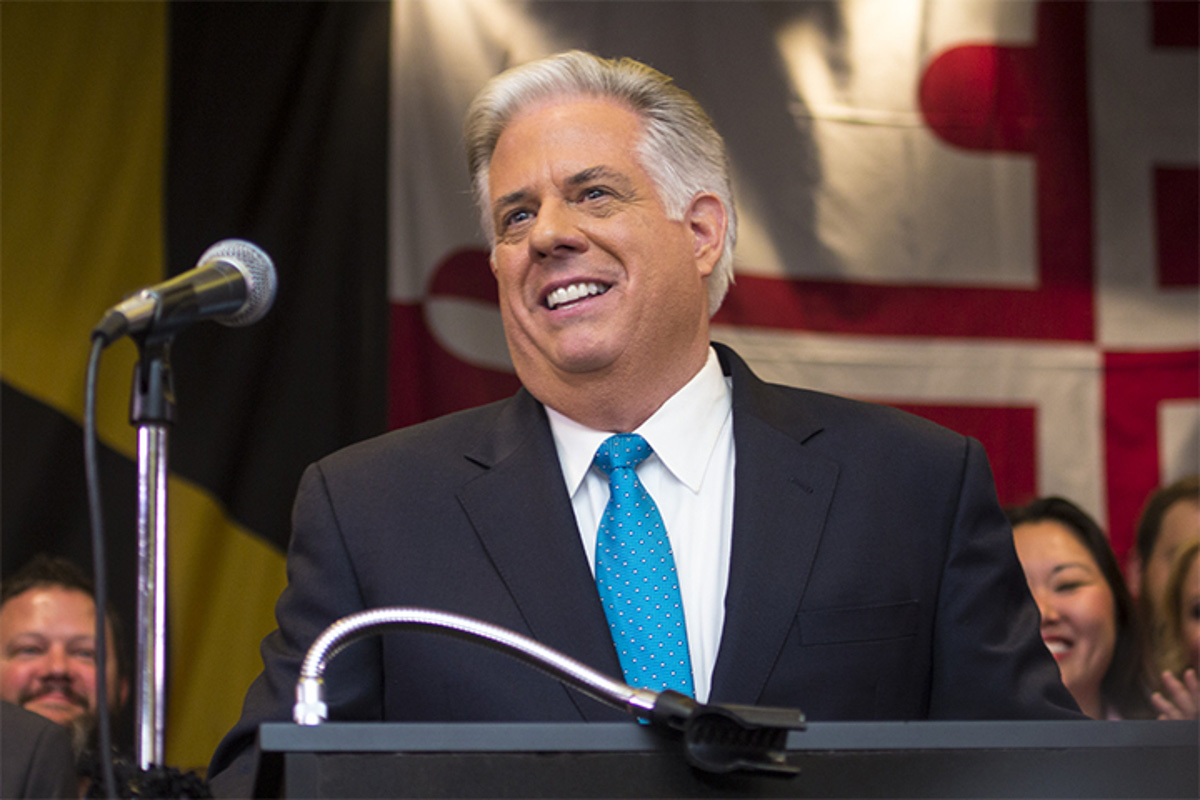Views expressed in opinion columns are the author’s own.
Maris Medina’s recent Diamondback column claims that Gov. Larry Hogan is not doing enough for college education and recent initiatives announced by the Hogan administration are simply a result of jumping on the bandwagon. What Medina fails to mention is that Hogan has been committed to college affordability since becoming governor — not just since May.
In June 2015, Hogan announced a partnership between Baltimore City Public Schools and Bard College that would enable students to graduate high school with both their diploma and a two-year Associate degree — tuition-free. Hogan praised Bard College for its efforts to “provide our youth with access to quality, tuition-free early college education.” Hogan’s support and actions in favor of tuition-free college since the beginning of his term demonstrate that for him, it is not just some easy campaign catchphrase.
Hogan has implemented several initiatives that go beyond those that Medina mentioned. His administration supplied millions of dollars in scholarships, capped tuition growth at Maryland colleges and universities at two percent, proposed legislation to make student loan debt interest payments tax-deductible and made it easier for those with student debt to buy a house.
And, as mentioned in Medina’s column, Hogan has announced plans to expand the College Promise scholarship program to allow qualified students to go to community college — and then a four-year public university — tuition-free. This program requires students to maintain a 2.3 GPA, which will enhance student performance. Hogan’s commitment to ensuring more affordable access to higher education is clear.
I agree with Medina that quality matters, too. Students cannot learn if their buildings are not up-to-date or functioning properly. That is why the state’s Fiscal Year 2018 budget fully funded all Maryland community colleges, and included money for infrastructure updates, such as a new academic center at Prince George’s Community College, building renovations at Howard Community College and three construction projects at The Community College Of Baltimore County.
Hogan has a proven track record of investing in quality education, allowing students to learn the skills required to be successful in their future careers. For example, public school students in Frederick and Washington counties have found success with a piloted administration-backed youth apprenticeship program that provides the means for students to participate in employment opportunities, leading to further education in their field of study — and often to future jobs.
He also introduced the Pathways in Technology Early College High School program to Maryland. Students in the six-year program graduate with both a high school and two-year postsecondary degree in science, technology, engineering or math — without having to pay dual enrollment costs at the community college. This provides Maryland students with a quality education and quickly and affordably prepares them for future jobs in health and technology.
It will always be debatable whether a leader is doing “enough,” but leaders cannot always do more without forgoing aid or time to projects that help other people in need.
Hogan has demonstrated his belief that improving access to higher education is the best way to train a strong workforce, and that community college is an important and more affordable option for many students. The College Promise program does highlight Maryland’s commitment to providing quality, affordable education options, as Medina mentions, but so do the other initiatives he has put forward since taking office that are helping Maryland students access a world-class education.
Emily Berry is a sophomore government and politics major. She recently finished an internship with Gov. Hogan’s office.



